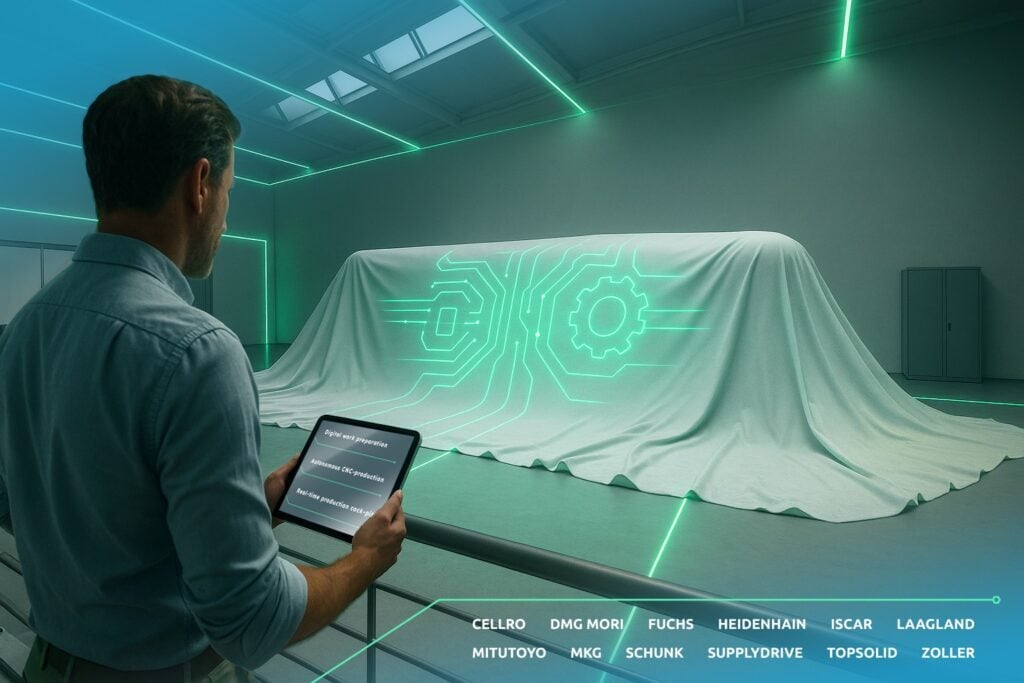The Strengths of Weak AI
Published: April 19, 2022
Last update: August 20, 2025
What algorithms can do today and how they bring order to the chaos of possibilities
Almost every day now, a new article about a new application using Artificial Intelligence (AI) gets published. But the more solutions there are on the market, the more difficult it gets to follow them and pick out promising approaches. In the following, we show you how a simple matrix can help you get a better overview.
AI has always been a broad field and the opinions about what "intelligent" means couldn't be more diverse. While some people are already amazed by the correct interpretation of handwritten notes, others dismiss it with a gentle smile. After all, there is still no system that comes even close to the intellectual abilities of humans. Who's right?
Both sides. Systems of that kind, also known as "strong AI", don't exist yet. All of the applications we see today are manifestations of the so-called "weak AI". They have been designed and optimized for a specific application scenario. Meanwhile, a vast number of these case-specific solutions have accumulated – and new ones keep coming.
It's normal to feel a bit overwhelmed when you're looking for potentially profitable use cases for your company. A matrix with three categories can help you get an overview, so you can answer the question how AI should or could help your company with analysis, reasoning or actuation.
Analysis: state the facts
Nowadays, algorithms are capable of recognizing and reporting situations and states on the basis of data. A common example is the interpretation of incoming invoices for further processing. This category also includes detecting anomalies in large data volumes from the production floor. Machine learning allows you to recognize earlier when machines are about to enter critical states and to take appropriate measures in due time.
Another example are methods of image recognition. By taking care of the visual inspection of components, your artificial colleague takes work off your hands and at the same time increases the quality of your work since incorrect parts are not even installed and defective parts are not released for sale.
Reasoning: predict the future
Algorithms are also capable of forecast analyses on the basis of the perceived data. Their use in models for predictions or recommendations goes far beyond the classic example of predictive maintenance. AI can be used to forecast revenue figures and control the procurement of long lead parts and price-sensitive materials, which is a great advantage in times of battered supply chains. The possibilities for improving production quality are also growing. An AI is capable of analyzing large volumes of sensor data in real time and relating them to the results of the quality checks, for example. This not only helps you to quickly identify product defects during regular operation and avoid scrap, you also receive valuable recommendations for the operation parameters of plants and machines.
Furthermore, AI-based applications for warehouse optimization or intelligent knowledge management in field service have already been tried and tested. Companies can quickly and easily provide their service agents with relevant knowledge based on the context. Technicians have 24/7 access to important service information, allowing them to attend to maintenance calls and repairs more quickly.
Actuation: take the necessary action
On a third level, the smart systems interact with their environment, learn from the results of their actions and can derive the measures necessary for reaching the predefined goal. A famous example for this category is AlphaGo. The self-learning program made headlines in 2016 when it defeated human champions in the Chinese board game Go for the first time. Today, these systems are making their way to everyday business. One example are robot arms that learn to grab previously unfamiliar objects without damaging or dropping them. Famous use cases of this category include autonomous driving and chat bots, even if at times not appreciated.
There's also a lot going on with speech recognition and intelligent assistants in ERP development. But this is only the first step. AI technologies will continue to enhance ERP systems in the years to come, be it directly or through the integration of corresponding platforms. AI will be integrated ever deeper into core processes with the goal of fully automated processes. The experts of the inter-trade organization Bitkom agree that artificial intelligence is a key technology with great disruptive potential for all economic sectors. Therefore, companies should start gaining hands-on experience as early as possible.


